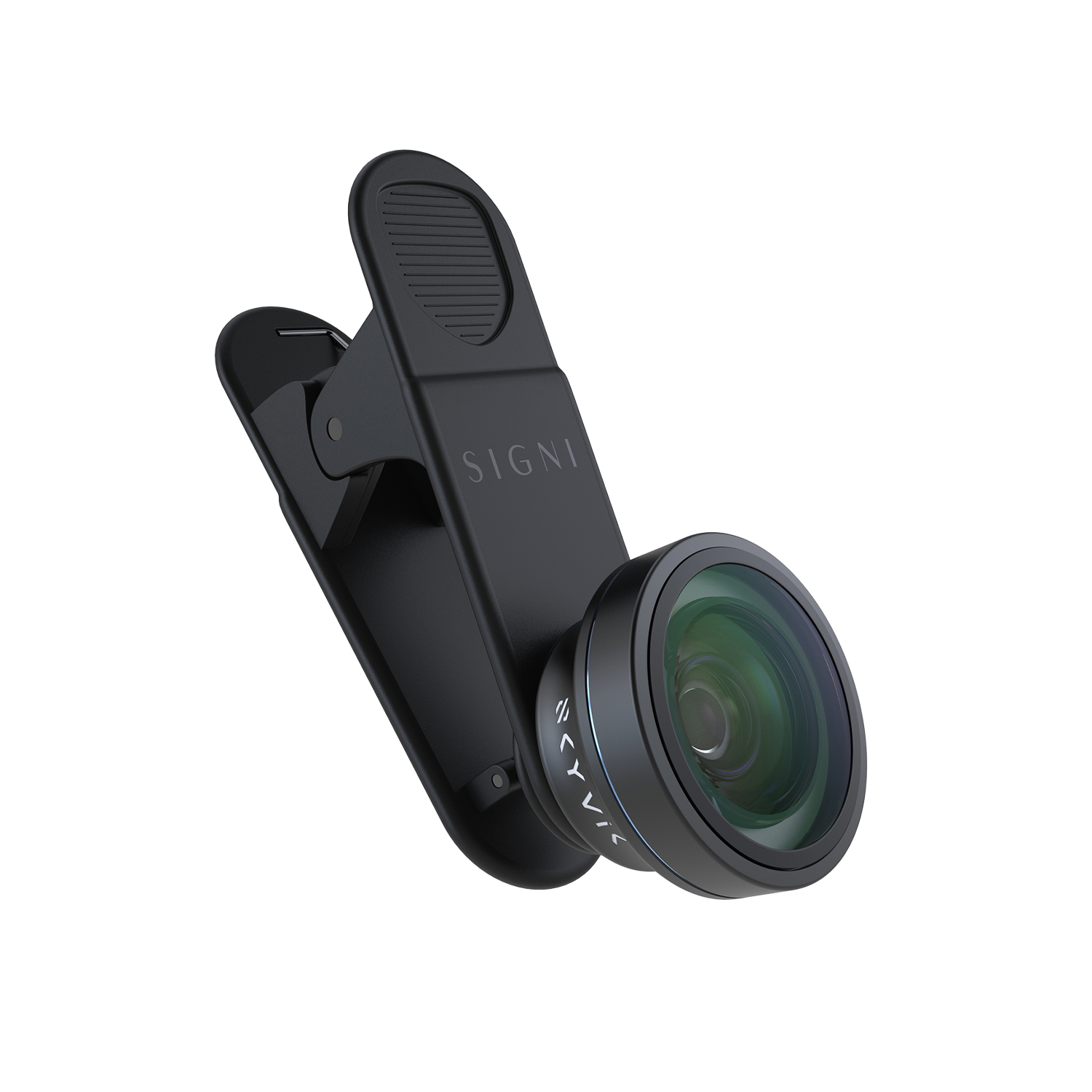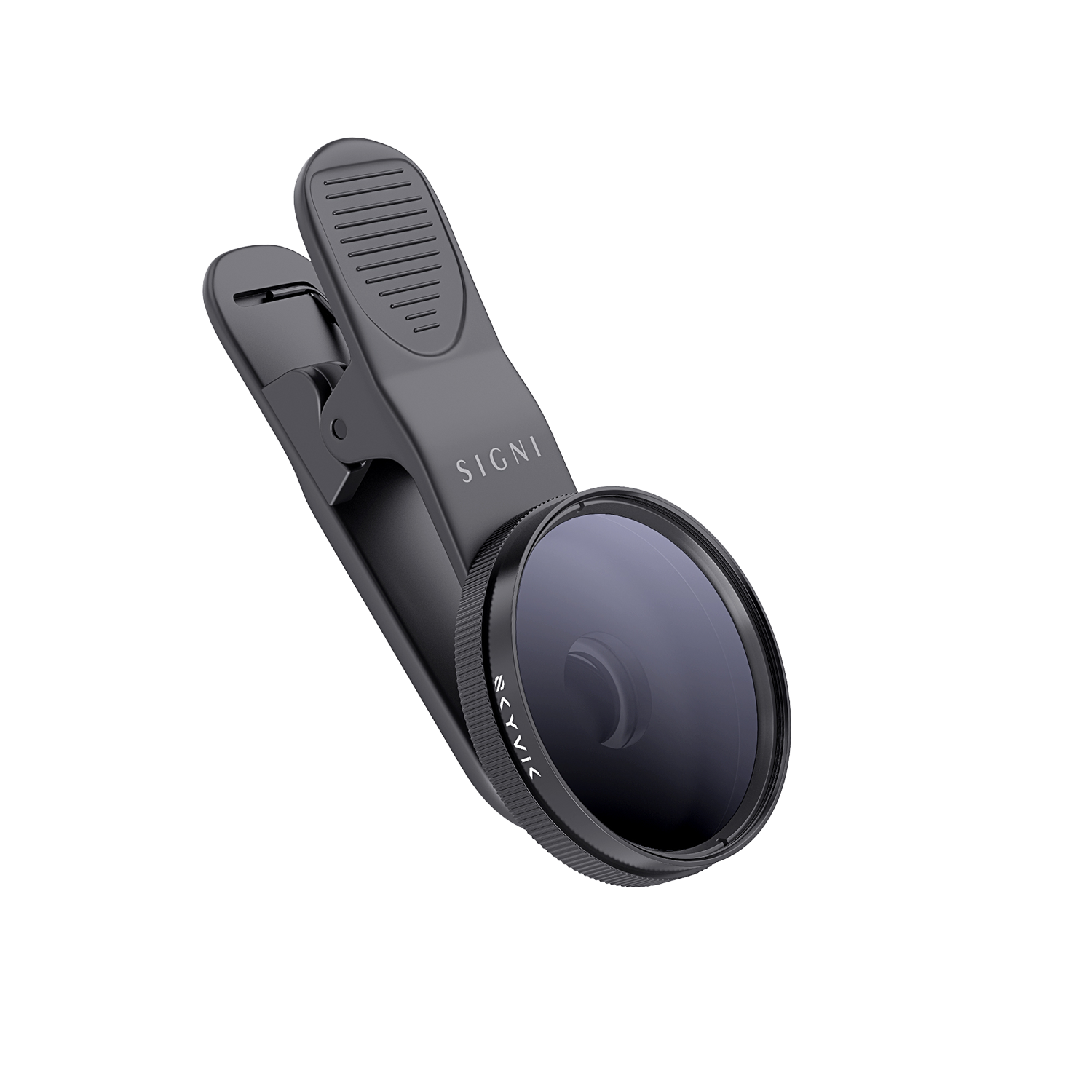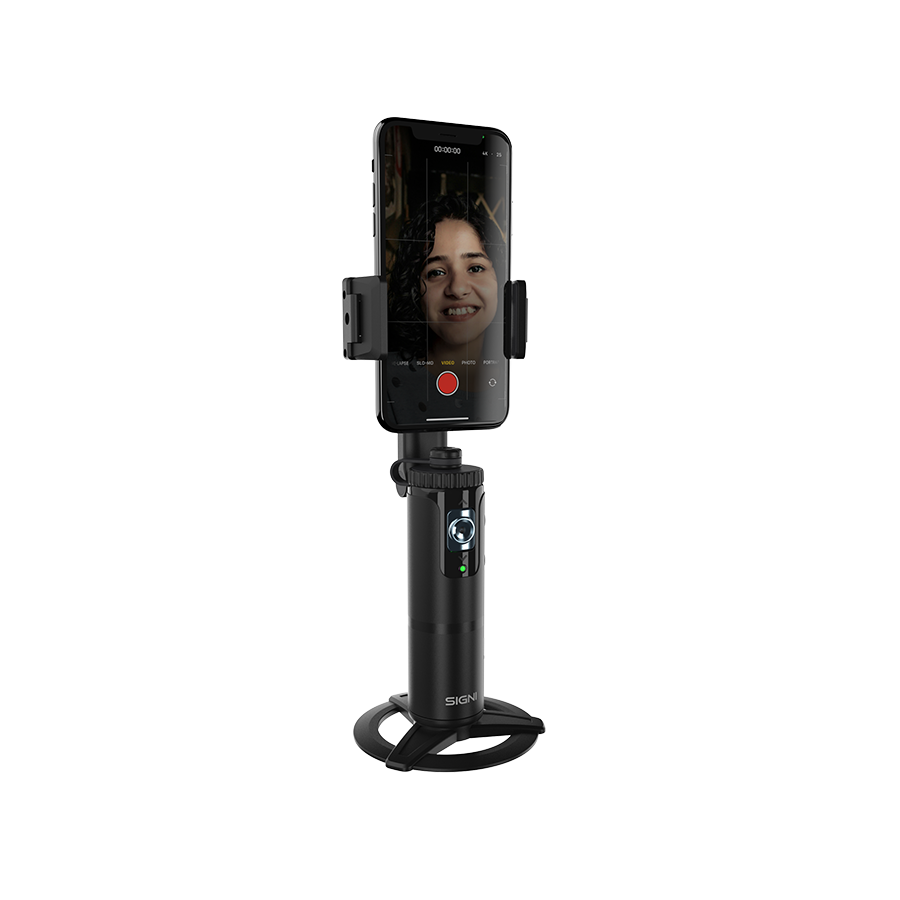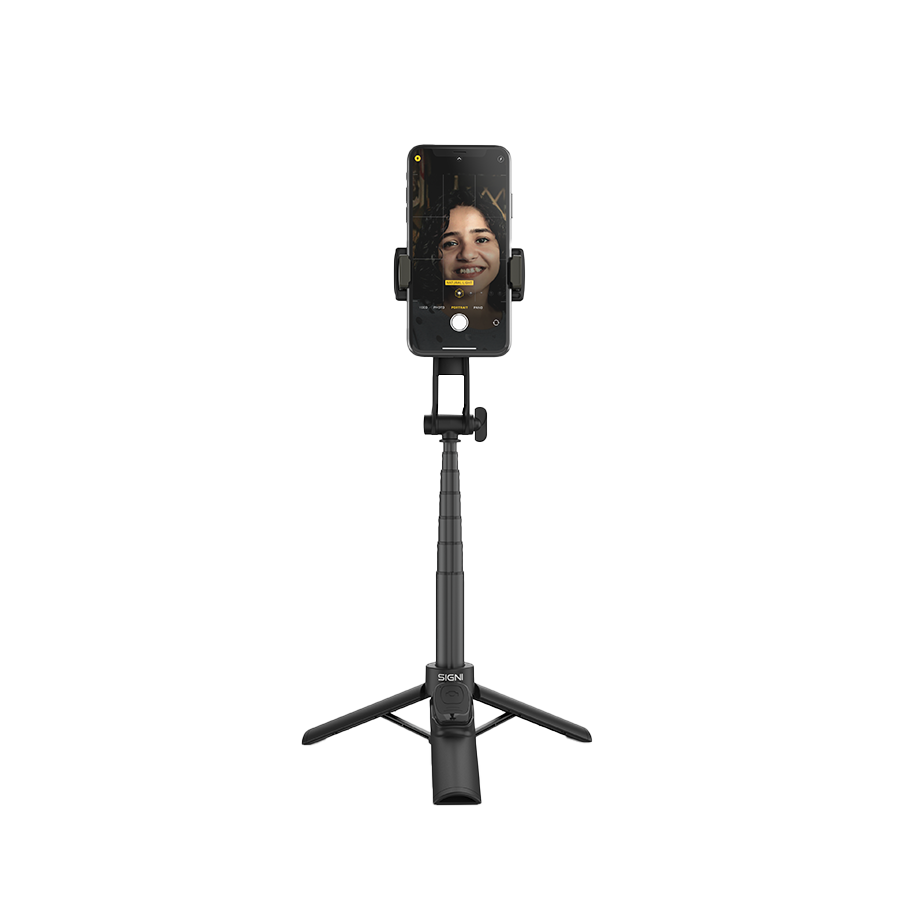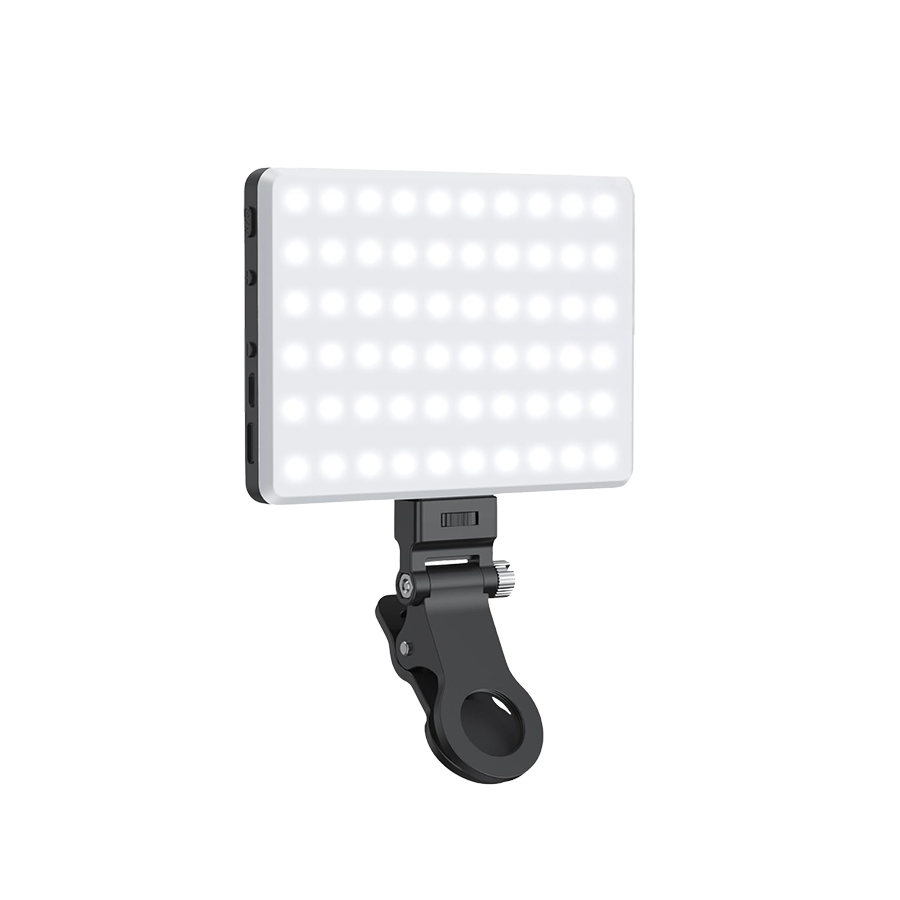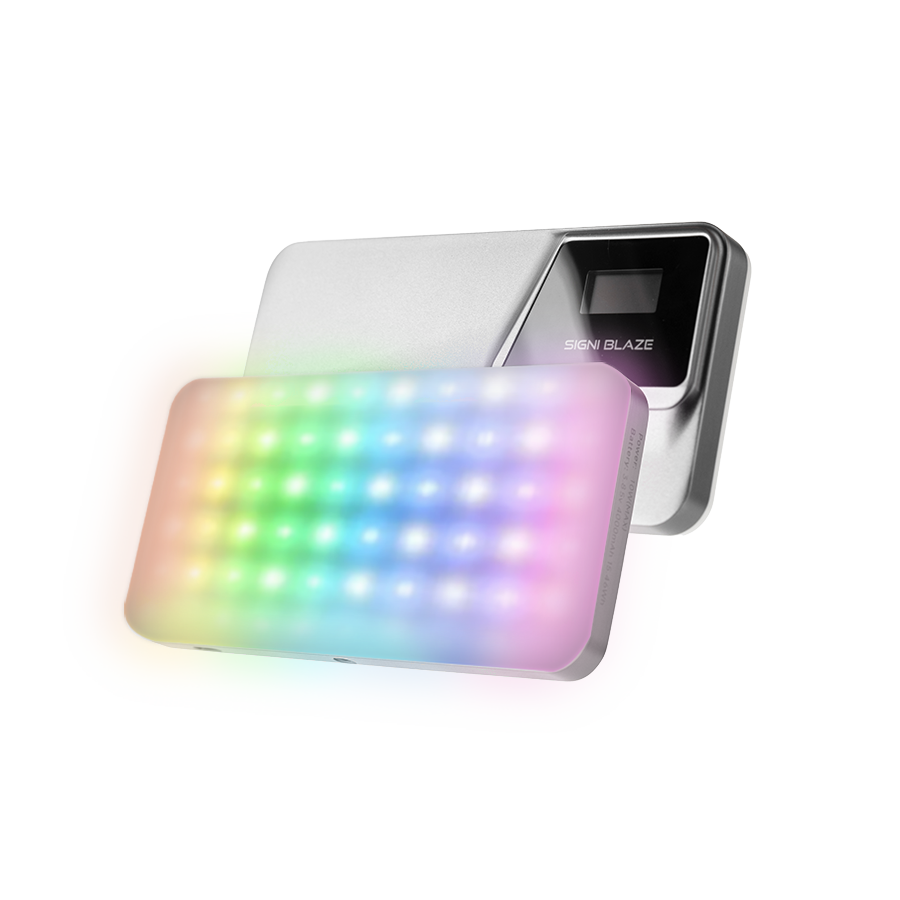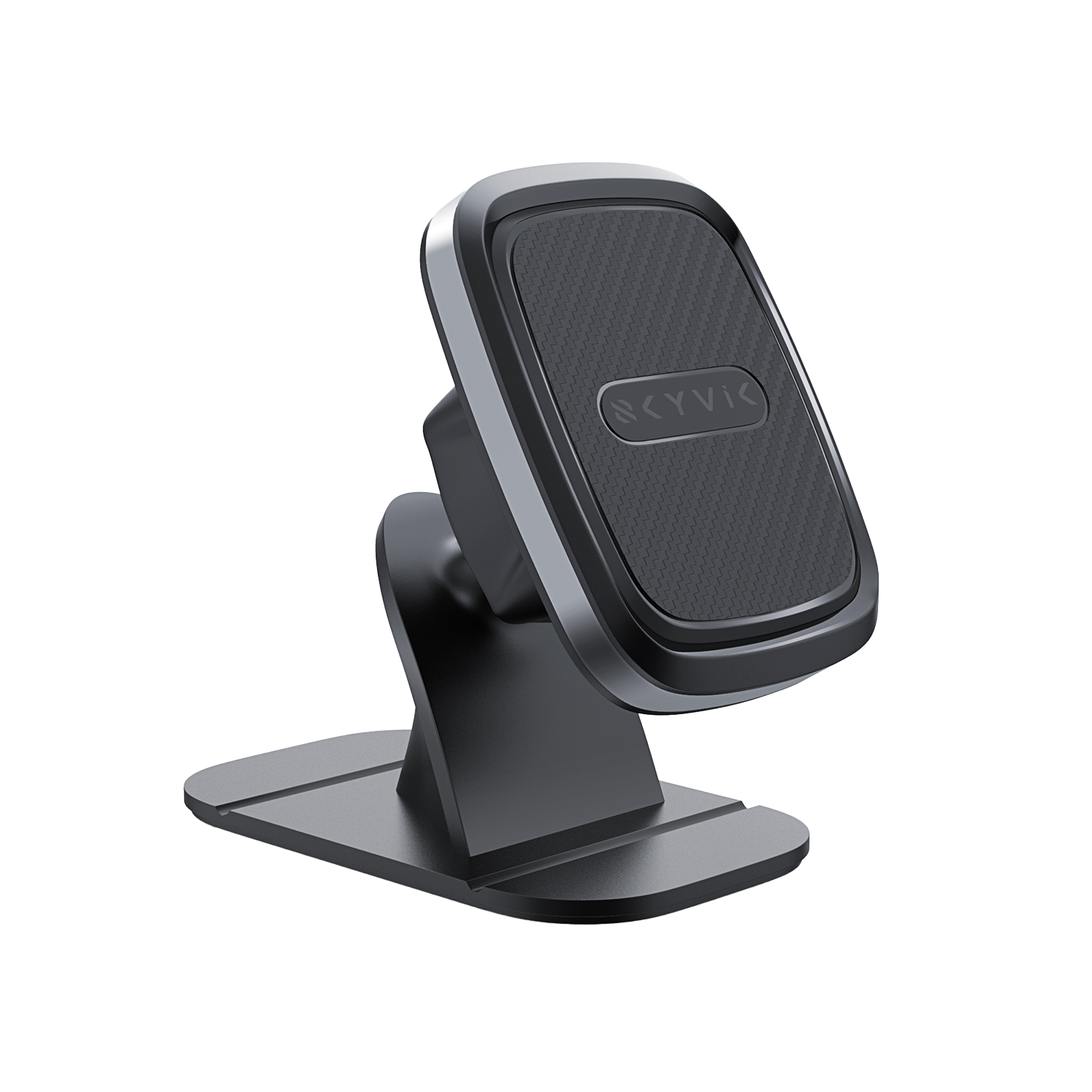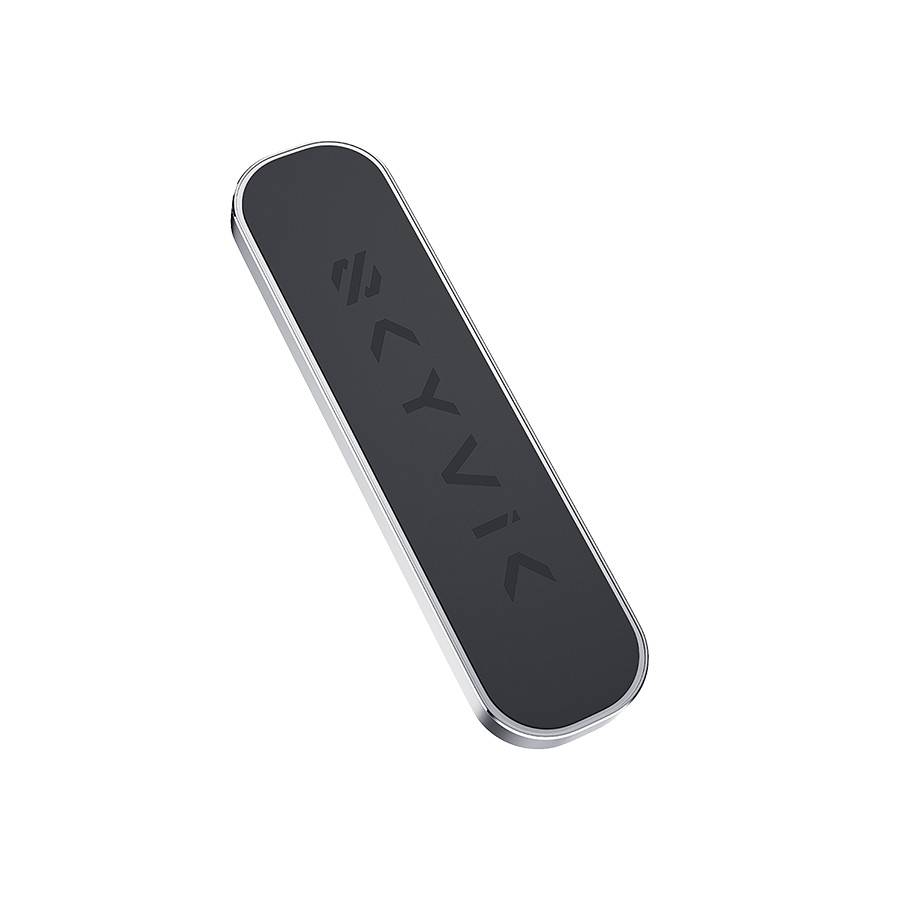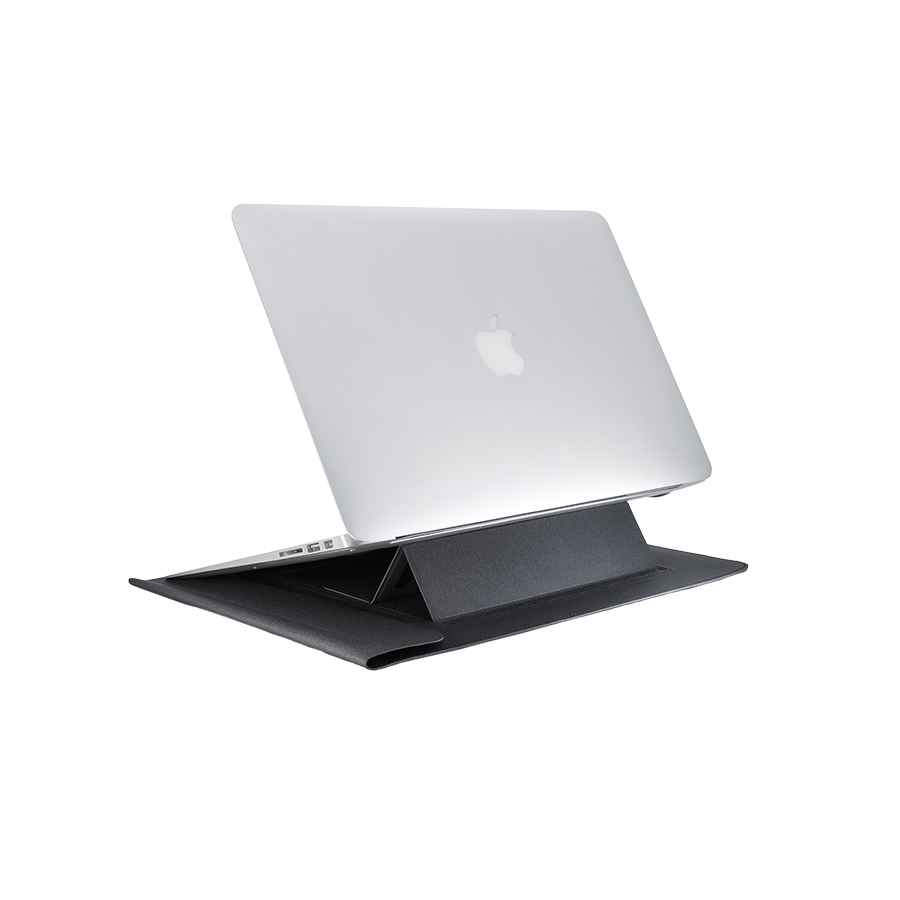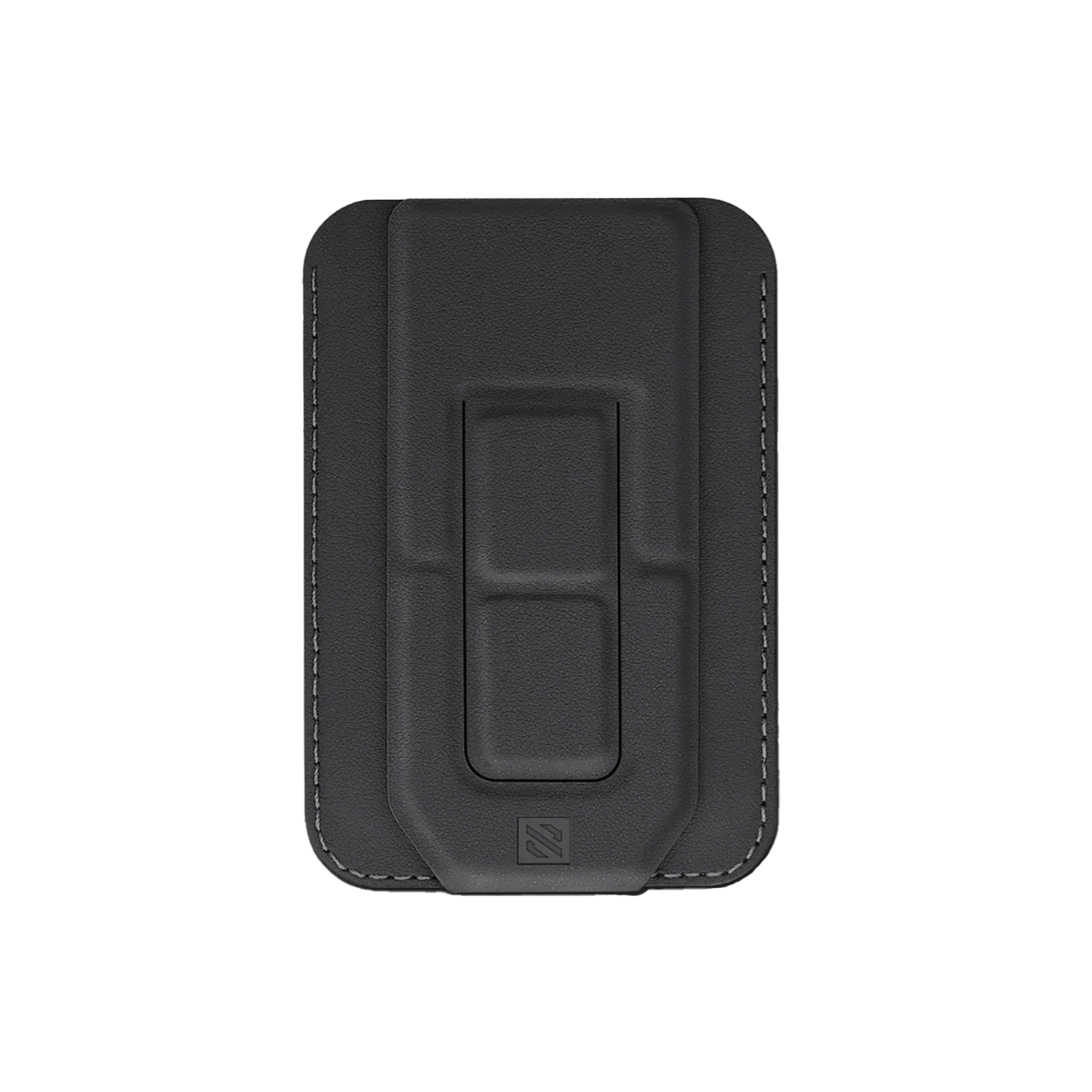MOBILE LENSES
Mobile Holders
Everyday Essentials

11 Reasons a SmartPhone could be better for Photography: Phone Camera vs Camera
3 min read
In an era where technology is at our fingertips, the smartphone has emerged as a versatile powerhouse, challenging the traditional dominance of standalone cameras. As the smartphone industry continually pushes the boundaries of innovation, here are 11 compelling reasons why, in the battle of Phone Camera vs Camera, the smartphone emerges victorious.
-
Compact and Portable: The smartphone's trump card lies in its pocket-sized convenience. Unlike cameras with bulky bodies and multiple lenses, smartphones seamlessly integrate high-quality cameras into a compact device that fits snugly into your pocket.

-
Always at Your Fingertips: The best camera is the one you have with you. Smartphones are omnipresent, ensuring you're always ready to capture those spontaneous, fleeting moments. No need to carry a separate camera; your smartphone is your perpetual visual companion.

-
Rapid Access and Instant Capture: From pocket to photo in seconds. Smartphones offer rapid access to their cameras, allowing you to capture moments as they unfold. No need to fumble with settings or miss the shot while setting up equipment.
-
Integrated Editing Tools: Smartphones are not just about capturing; they excel in on-the-go editing. Built-in editing tools and a plethora of photo editing apps empower users to enhance and refine their photos instantly, eliminating the need for additional software.

-
Seamless Sharing: The immediacy of sharing is a smartphone forte. With a few taps, your photos can be shared on social media, messaging apps, or cloud platforms. Cameras often require intermediary steps, impeding the swift sharing of your photographic exploits.

-
Connectivity and Cloud Storage: Smartphones seamlessly integrate with cloud services, ensuring your photos are backed up and accessible from multiple devices. Cameras may lack this built-in connectivity, necessitating additional steps to secure and share your visual treasures.

-
Versatility with Attachable Lenses: Smartphones are not confined to their built-in lenses. Attachable lenses, such as those offered by brands like Skyvik, enhance the creative possibilities. Wide-angle, macro, and fisheye lenses can be easily attached, transforming your smartphone into a versatile photography tool.

-
Constant Evolution of Technology: Smartphone cameras are at the forefront of technological evolution. Manufacturers continually enhance camera capabilities through software updates, introducing features like Night Mode, AI enhancements, and improved image processing. Cameras may become outdated quicker as new smartphone innovations emerge.

-
Integrated AI and Smart Features: Smartphones leverage AI to optimize settings, recognize scenes, and enhance image quality automatically. From autofocus to scene recognition, these intelligent features make smartphone photography more accessible for all skill levels.

-
Multi-Functional Device: A smartphone is not just a camera; it's a multi-functional device. It serves as a communication hub, entertainment center, navigation tool, and more. Cameras, while exceptional at photography, lack the diverse capabilities that smartphones seamlessly integrate.

- Cost-Efficiency: Investing in a high-end camera setup can be a significant financial commitment. Smartphones offer a cost-effective solution by bundling a top-tier camera with a myriad of other functionalities. For many, the all-in-one convenience of a smartphone outweighs the need for a standalone camera.
Conclusion
In the realm of Phone Camera vs Camera, the smartphone emerges as a multifaceted champion. Its compact design, instant accessibility, integrated features, and constant technological evolution make it the go-to choice for capturing and sharing moments. While standalone cameras still hold a place for professional photography, the everyday user finds unparalleled convenience and versatility in the smartphone's camera capabilities. The smartphone is not just a device; it's a visual storyteller, putting the power of photography into the hands of millions worldwide.

